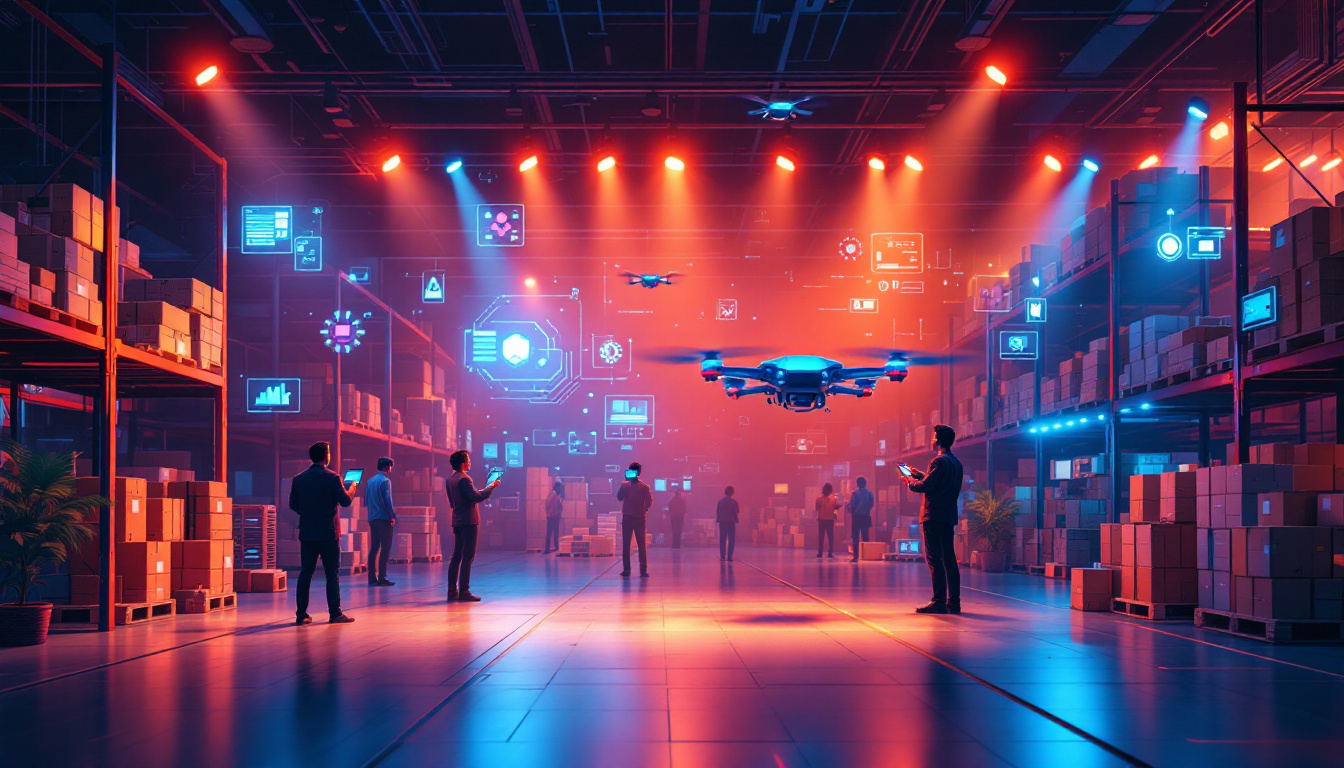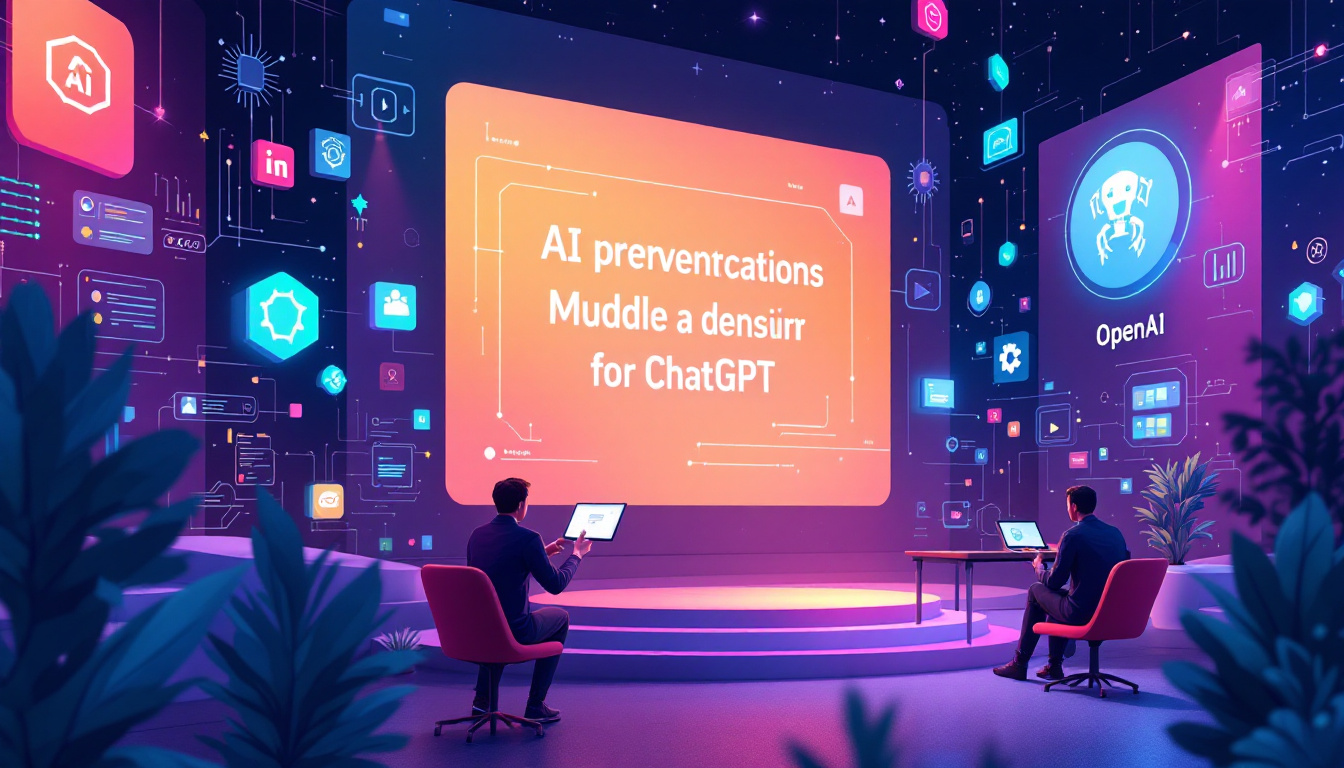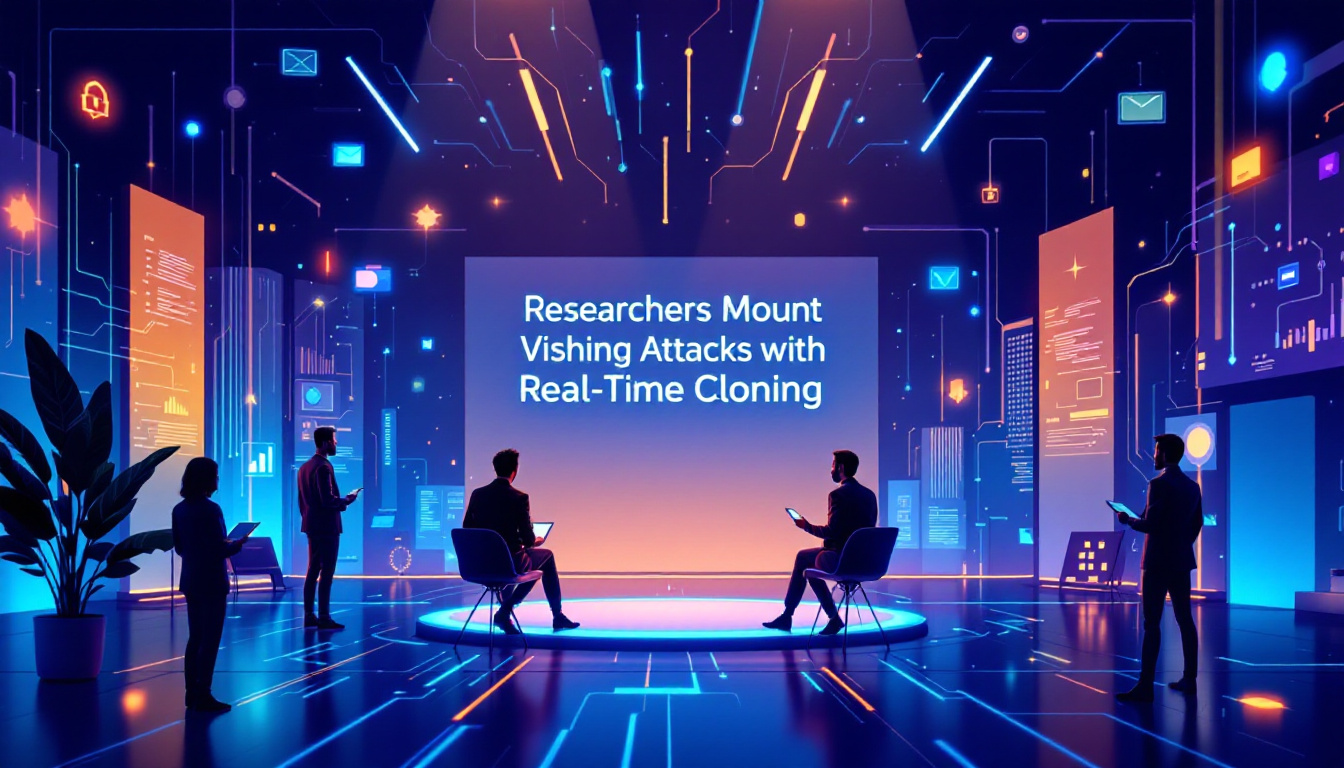OpenAI to Enhance Content Control for Sora AI Video App with Watermarking
If you’ve ever spent hours creating video content only to see it reused or downright stolen without credit, you’re not alone. Content creators everywhere have been grappling with this issue for years. But here’s some good news: OpenAI is stepping in to address this with a fascinating new feature for the Sora AI video app—watermarking.
Watermarking might not sound revolutionary at first, but when you dig into the details, it’s clear this isn't your average “logo in the corner” approach. OpenAI’s watermarking tech is poised to give content creators unprecedented control over their work in the AI-driven video space.
Why Watermarking Matters More Than Ever
Let’s face it: the internet is a double-edged sword for creatives. On one hand, there’s endless opportunity to share your work with the world. On the other hand, your meticulously edited videos can be ripped, reposted, and monetized by someone else faster than you can tweet, “Hey, that’s mine!”
That’s where watermarking comes in. By embedding a unique, often invisible code into videos created using the Sora AI app, OpenAI aims to ensure that content ownership is not only clear but enforceable. This isn’t just about protecting intellectual property—it’s about empowering creators to maintain their livelihood in an increasingly competitive digital landscape.
How OpenAI’s Watermarking Stands Out
Traditional watermarking methods often involve visible logos or text that can distract from the video’s content. But OpenAI is taking a more innovative approach. The proposed technology will embed subtle watermarks that are difficult to detect or remove, yet highly effective in proving ownership.
Imagine this: you create a video using Sora AI, and your unique digital fingerprint is automatically embedded into the file. Even if someone downloads and re-edits the video, the watermark remains intact, providing undeniable proof of authorship. It’s like having a secret signature baked into your work. Pretty cool, right?
What This Means for Content Creators
Many experts believe this move could set a new standard for content protection in the AI space. As someone who has dabbled in video creation myself, I know how frustrating it can be to see your hard work show up on another platform without so much as a tag. This technology could be a huge relief for creators who want to focus on making art, not chasing down copyright violators.
For example, let’s consider independent filmmakers. They often share teasers or short clips online to build hype for their projects. With OpenAI’s watermarking, these creators can confidently share their work, knowing their ownership is protected—even if the video gets shared across multiple platforms.
Balancing Innovation with Ethics
Of course, no technology is without its challenges. One potential concern is how watermarking might be used—or misused—by larger entities. Could corporations use this technology to unfairly claim ownership over user-generated content? These are the kinds of questions that OpenAI will need to address as they roll out this feature.
That said, OpenAI has a track record of prioritizing ethical considerations in their projects. If they can nail the implementation, this watermarking feature could not only protect creators but also foster a more trustworthy environment in the AI video space.
Final Thoughts
In an era where AI tools are reshaping the creative landscape, OpenAI’s watermarking technology for the Sora AI app feels like a step in the right direction. It’s not just about technology—it’s about trust, fairness, and giving creators the tools they need to thrive.
Whether you’re a professional videographer, a social media influencer, or just someone who loves creating videos for fun, this development is worth keeping an eye on. Who knows? It might just be the thing that tips the scales in favor of creators everywhere.


